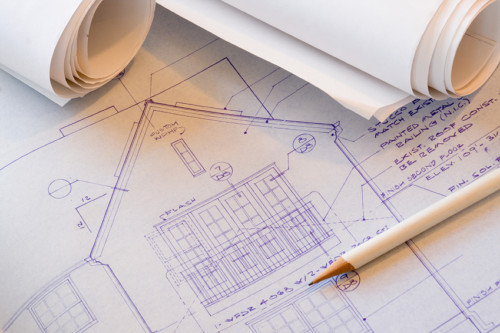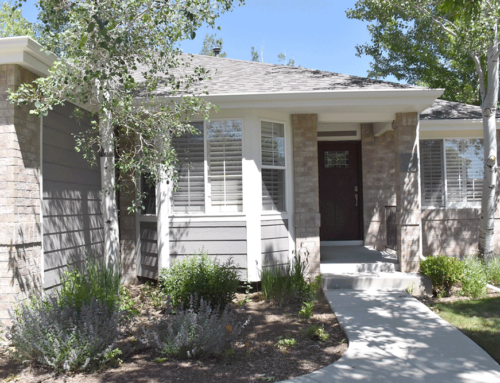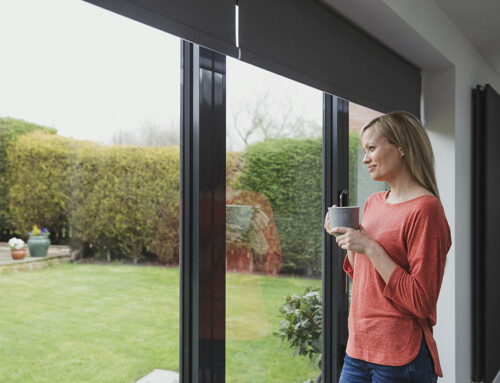A plan is essential to keep a project on track. Here are the basic steps to follow when working with The Healing Home:
Compose your Wish List
We start with a frank discussion about what works and does not work in your home. The client composes a Wish List. If you want a new kitchen, put it on the list. If you dislike the front entryway, put it on the list.
Gather imagery, photos, articles… These are ideas and inspirations that please you. Also, note the styles, colors, looks that you do not care for; we will avoid them in your plan.
Sketch the major details
I like to make a simple ‘before’ and ‘after’ floor plan. It allows the Designer and Client to see what is proposed.
Then we take accurate measurements of the existing structure. Often a plan will focus on a few key details, elements to build the plan around. Sketching them shares the spirit and intention of the plan and aids in its manifestation. The “team” (the homeowners, designers, and later, the contractors) can get behind an idea if it is drawn. The last thing we want to hear is, “I didn’t think it was going to look like that.”
CAD PLANS
Once a concept is established, we move on to CAD. Electronic files make the planning process concise. This is important, especially when applying for a building permit, if one is required. I will provide the final set of drawings. The plans are a key component of writing a contract.
CONTRACTS
Tight contracts with builders come from inclusive planning. Most construction agreements state: “This proposal is based on the Plans and Specifications dated X/Y/Z.” There can be few mistaken conclusions if the information is on the plan.
_____
Nicholas Borrell is a Design/Build professional who applies his years of knowledge and experience to each design opportunity.
No longer a builder, Nick’s goal as Architectural Designer is to create a vital environment. Regardless of size or scope, each project is infused with flow, balance, color, and utility.
The Healing Home offers a wide, comprehensive set of Architectural and Interior Design Skills.
Small projects are great! Getting the details right means it fits you … your budget and your lifestyle.







